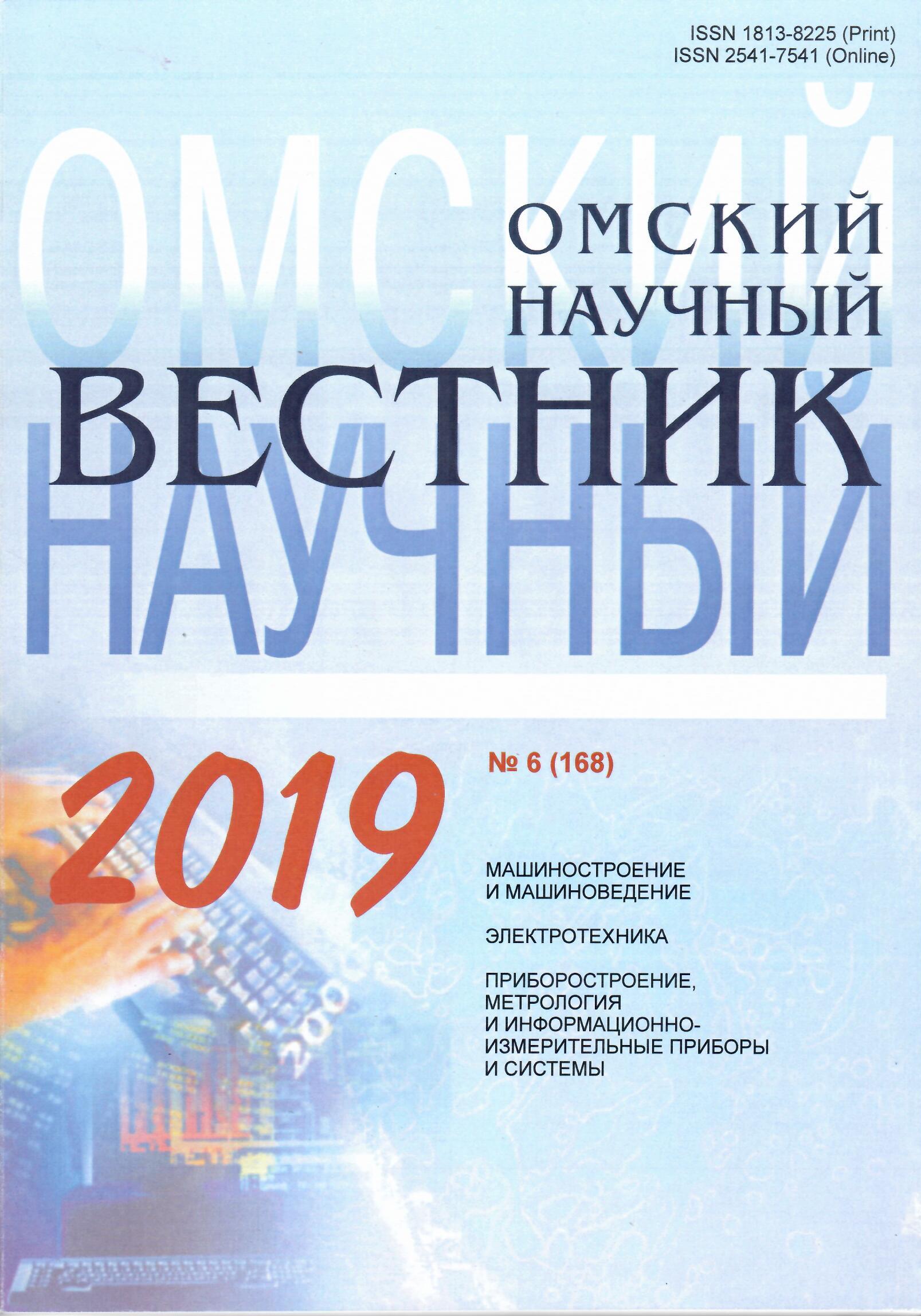Modeling flux linkages of an induction motor in dynamic modes. Comparison of the effectiveness of various control algorithms
DOI:
https://doi.org/10.25206/1813-8225-2019-168-27-33Keywords:
asynchronous electric drive, mathematical modeling, vector control, scalar control, positive feedbackAbstract
This article presents the results of studies that substantiated the effectiveness of the dynamic positive feedback on the stator current proposed by the authors in asynchronous frequencycontrolled electric drives. Experimental studies carried out over several years have shown that such a connection provides almost complete compensation for load surges in static modes, as well as minimal dynamic processes of parrying these loads (minimum transition time and minimum deviation from the steady-state value). During one of the discussions of the materials of these studies, it is suggested that the electromagnetic flux is stabilized in asynchronous electric drives with such a connection. This article confirms this hypothesis by the method of mathematical modeling. Modeling convincingly shows that in a system with positive feedback on the stator current with dynamic load surge, rotor flux linkages stabilize much more precisely, than with known methods of controlling asynchronous motors at all drive speeds. The article also provides modeling of similar modes for vector and scalar control. The simulation, thus, confirmed the effectiveness of the proposed structural correction, while earlier experiments showed significantly better dynamics and energy of the drive with such correction (dynamic positive feedback on the stator current).
Downloads
Published
How to Cite
Issue
Section
License
Non-exclusive rights to the article are transferred to the journal in full accordance with the Creative Commons License BY-NC-SA 4.0 «Attribution-NonCommercial-ShareAlike 4.0 Worldwide License (CC BY-NC-SA 4.0»)




